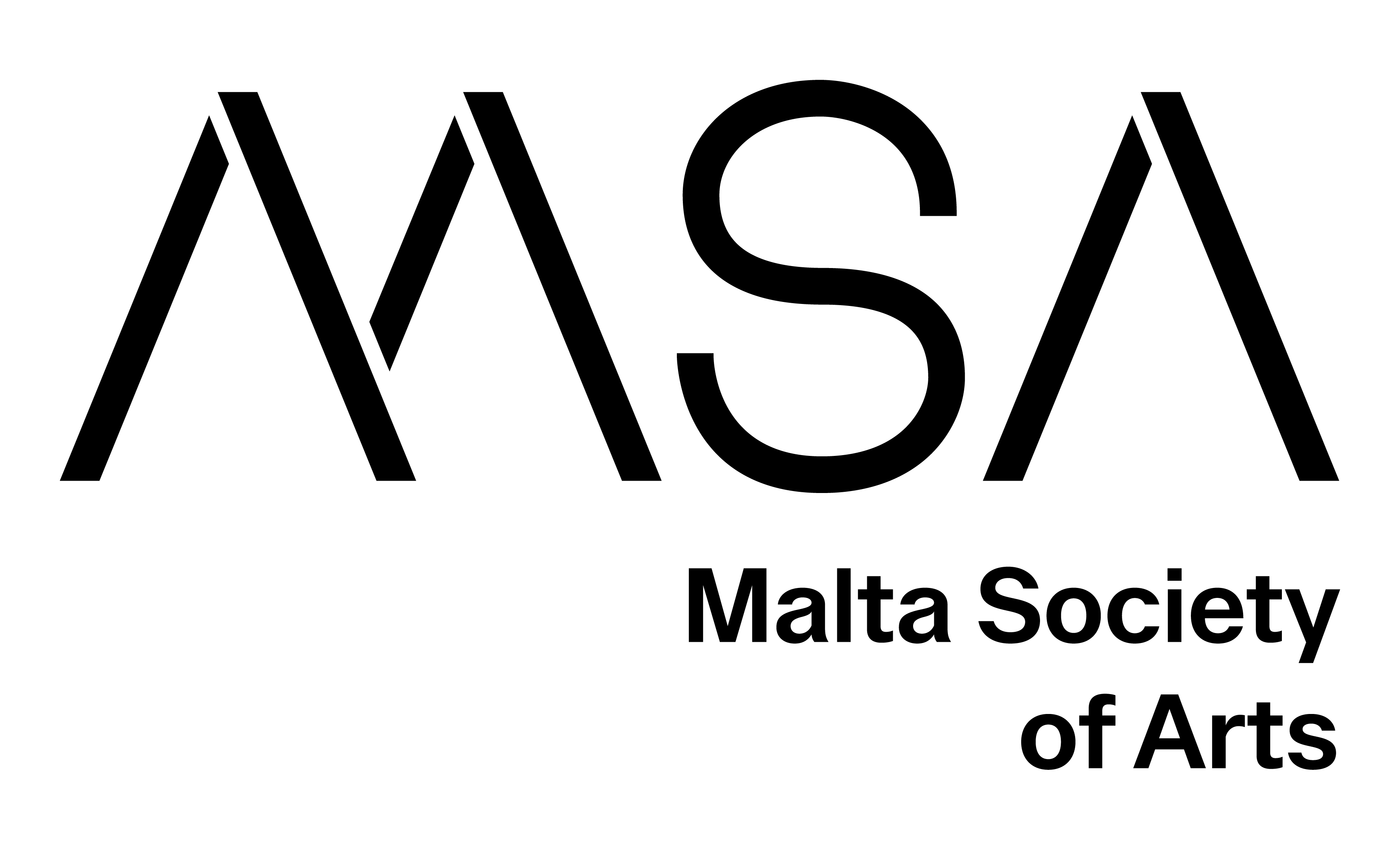For Joan Tronto, caring is actions that include everything we do to maintain and to repair our world so that everyone can live in it as well as possible. This includes the environment, ourselves, and our bodies “we try to weave together in a complex, life-sustaining network” (Tronto, 2015, s. 3). In this paper, care is not only considered as a topic, but also actions to create an artistic space of experience. Care is a basic phenomenon that responds to human vulnerability (Ruyter & Vetlesen, 2001, s. 18). Here, memories, mimesis and poetics will be central, based on, among other things, folk tradition, and autobiographical material. The question being asked is: how can Åsgårdsreia form the basis for understanding care?
The paper performance is based on artistic research where the result is a storytelling performance. In the storytelling performance, Åsgårdsreia is discussed. According to Norwegian folk legend tradition, Åsgårdsreia was a group of the dead consisting of drunkards, betrayers, and imposters. The flock rode over land and water around Christmas time and consisted of people who did not go to heaven or hell.
In principle, Åsgårdsreia is something not associated with care, but the author/performer believes that the understanding of care in process and practice must also embrace what is painful, disturbing, and difficult. Methodologically, the author works with performative interviews to rig a performance. This means that narrative material is tested in conversation form together with informants who represent different backgrounds. According to Martin Buber (1978 – 1965), the dialogue is fundamental to all art. (Buber, 2002, s. 30). Mikhail Bakhtin's (1895-1975) concept of heteroglossia is central as there is no dominant language, but different perspectives are equal and carry with them the possibility of both reconciliation and conflict (Ivanov, 2000, s. 100). Furthermore, Bakhtin's concept of chronotope is relevant, as the chronotope is an artistic adaptation of time and place (Bakhtin, 1981, s. 84). A chronotope has as its starting point on how humans experience the reality and how this is transferred to a literary work (Bemong & Borghart, 2008, s. 3). There is then a connection between the social situation one finds oneself in and the artistic expression that arises in this situation.
The guiding concept in the performative paper will be phases of mimesis. Mimesis is often associated with the Greek philosopher Aristotle (384 f.kr. - 322 f.kr.), understood as representation (Halliwell, 2012). According to Paul Ricoeur (1913 - 2005) mimesis associates with poiesis, which means art and that it is therefore only within art that mimesis is effective (Ricoeur, 1991).
Through mimesis there is a movement from experience to storytelling performance, where fiction becomes important in the understanding of care.
References:
Bakhtin, M. M. (1981). The dialogic Imagination Four Essays by M. M. Bakhtin. Austin: Univeristy of Texas Press.
Buber, M. (2002). Between man and man. Taylor & Francis Group.
Halliwell, S. (2012). Mimesis. I S. Cushman, C. Cavanagh, J. Ramazani, & P. Rouzer, The princeton encyclopedia of poetry and poetics Fourth edition (ss. 884-886). Priceton University Press.
Ivanov, V. (2000). Heteroglossia. Journal of Linguistic Anthropology 9 (1-2), ss. 100-102.
Ricoeur, P. (1991). Mimesis and Representation. I M. J. Valdés, A Ricoeur Reader Reflection and Imagination. Toronto: University of Toronto Press.
Ruyter, K. W., & Vetlesen, A. (2001). Omsorgens tvetydighet egenart, historie og praksis. Gyldendal akademisk.
Tronto, J. C. (2015). When We Understand Care, We’ll Need to Redefine Democracy. I J. C. Tronto, Who Cares? How to Reshape a Democratic Politics (ss. 3-16). Cornell University Press; Cornell Selects.
Verhesschen, P. (2003). The poem's invitation: Ricoeur's concept of Mimesis and its Consequences for Narrative Educational Research. The Journal of Philosophy of Educational Society of Great Britain .
Mimesis Heidi Dahlsveen has worked as a storyteller since 1996 both at national and abroad. She has participated in several festivals and in two EU projects that deal with oral storytelling. She is associate professor in oral storytelling and in 2008 she published the book "Introduction to oral storytelling", Universitetsforlaget. In 2019 she came with her second book on oral storytelling. She has written several academic articles on oral storytelling, where she uses artistic research as an input to understand oral storytelling and narratives. Her focus is using the traditional narratives to shed light on contemporary themes. She is currently participating in her third EU project: Common ground, common future - a project that looks at how narratives are used to stigmatize and polarize and how narrative are used in conflicts. She is a member of the research group «Art in society» and co-owner of Skaldskur AS.
Back







